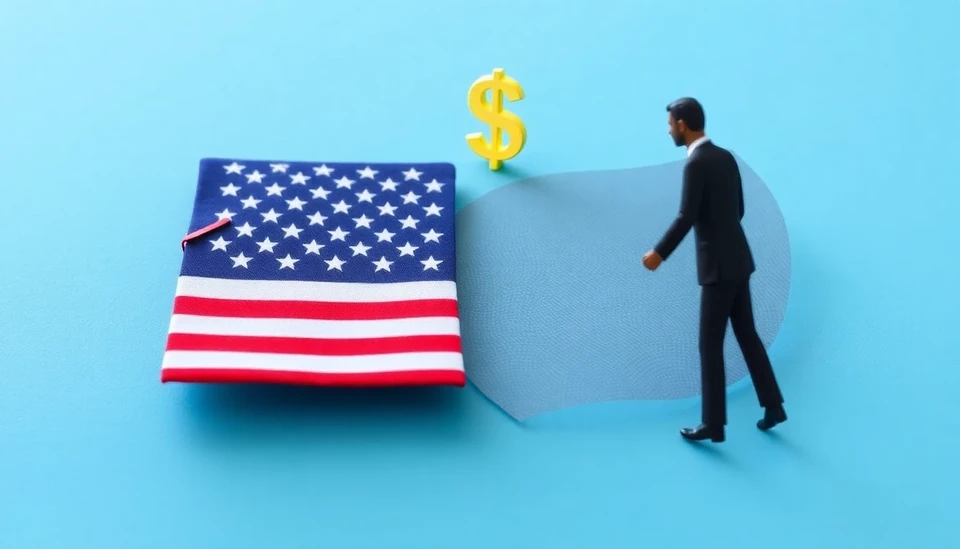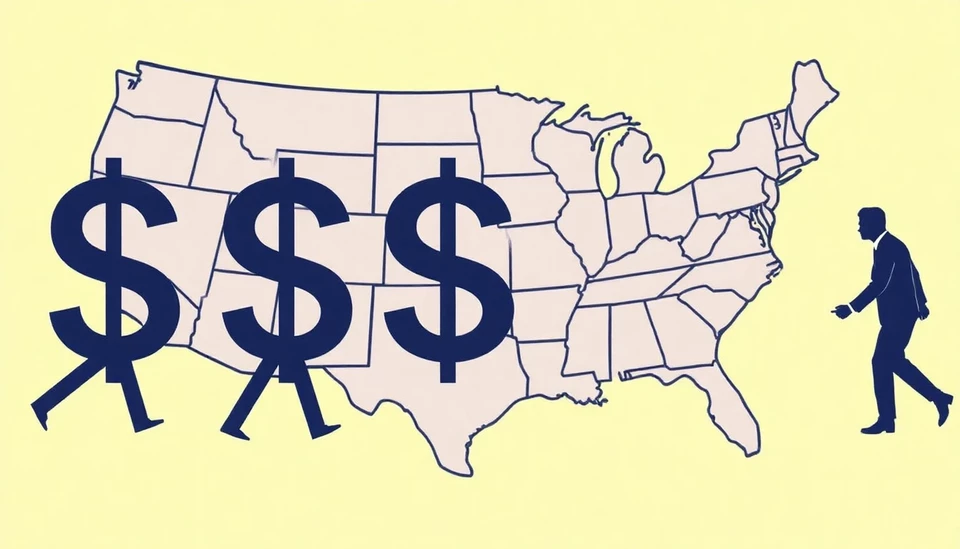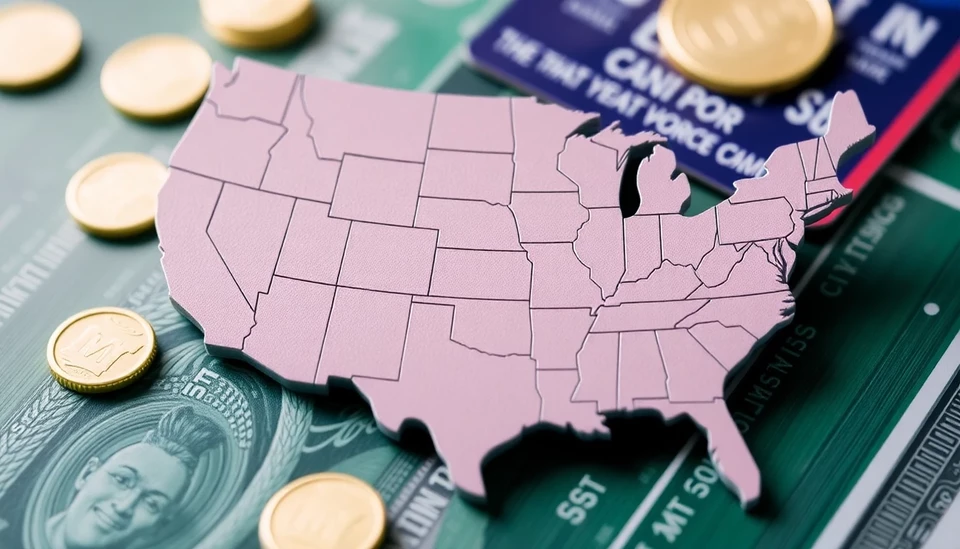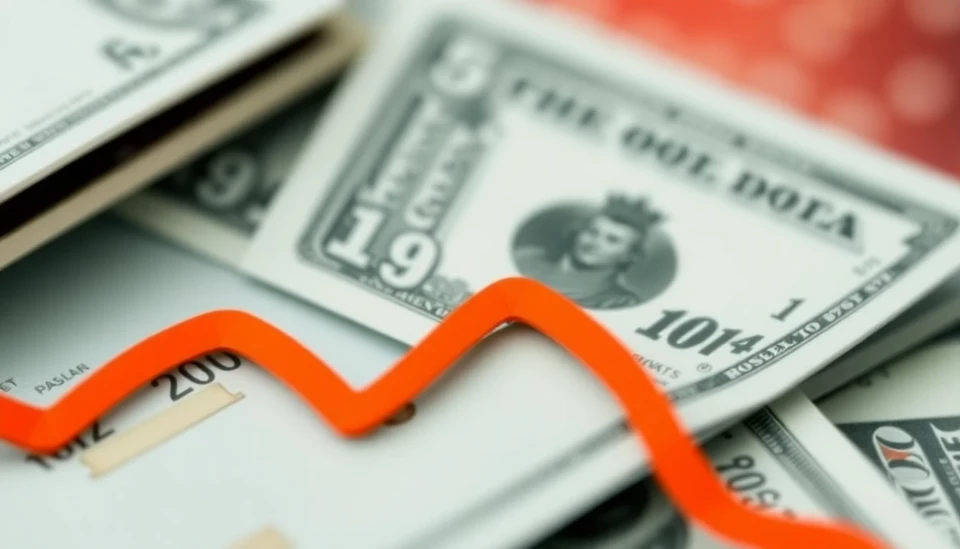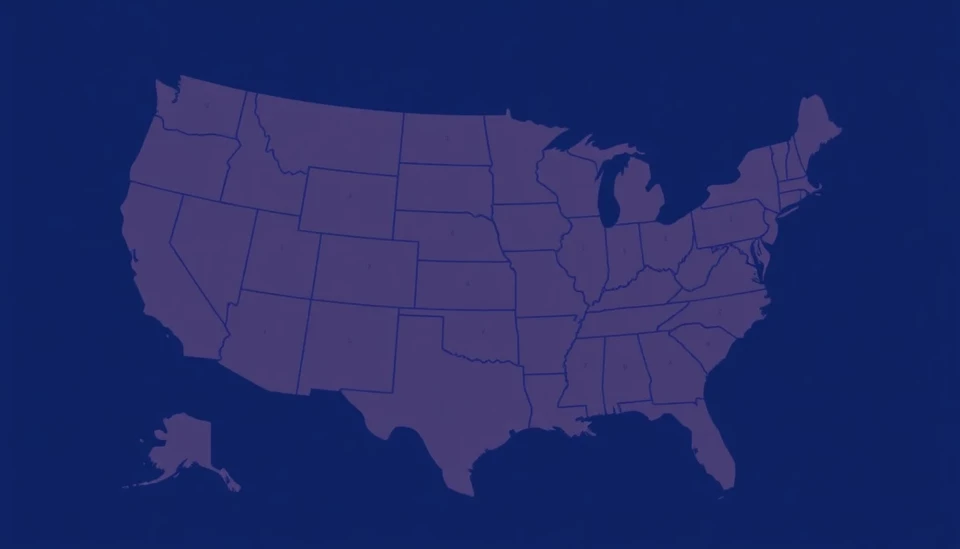
In a startling development, consumer borrowing in the United States skyrocketed by an astonishing $40.8 billion in December, marking the largest monthly increase on record. This surge demonstrates a significant shift in consumer behavior, reflecting both a robust demand for credit and an underlying confidence in the economy as the holiday season approached its peak.
According to the latest data released by the Federal Reserve, this remarkable leap in borrowing has raised total consumer credit to approximately $4.6 trillion. The increase can be attributed largely to a surge in revolving credit, which includes credit cards, which saw a climb of $25 billion. Non-revolving credit, typically associated with auto loans and student loans, also contributed positively, rising by $15.8 billion in the same period.
Evidently, as consumers returned to retail stores and e-commerce platforms, they increasingly relied on credit to finance their holiday shopping sprees. Banks and financial institutions report a rise in credit card use amidst a backdrop of steady wage growth and lower unemployment rates, which instills confidence in consumers to borrow more and spend robustly.
This boost in consumer borrowing is a double-edged sword. On one hand, it signifies economic vigor and consumer confidence, vital for driving growth in various sectors. Conversely, it raises concerns among economic analysts regarding the potential for rising debt levels that might surpass sustainable limits. Debt levels are being scrutinized, particularly among lower-income households who might find themselves precariously balancing their financial obligations.
Moreover, the Federal Reserve has been closely monitoring these trends as they consider monetary policy adjustments moving forward. With inflation remaining a concern despite recent moderations, increasing consumer debt could complicate the Fed's decisions on interest rates. If borrowing outpaces income growth, it may pressure households and curtail future spending.
As we dive deeper into 2025, the implications of this surge in borrowing will likely unfold. Economists suggest that consumer credit growth should be balanced with income growth to ensure long-term economic stability. Hence, as consumers continue to navigate their financial landscapes, the reflections of such borrowing could resonate through the economy in the coming months.
In conclusion, the record-breaking increase in consumer borrowing signals both optimism and caution in equal measure. The coming period will be pivotal in observing how households manage this increasing load of debt against the backdrop of an evolving economic landscape.
#ConsumerBorrowing #EconomicGrowth #CreditCards #DebtManagement #FederalReserve #USEconomy #FinancialTrends #ConsumerSpending
Author: Rachel Greene
